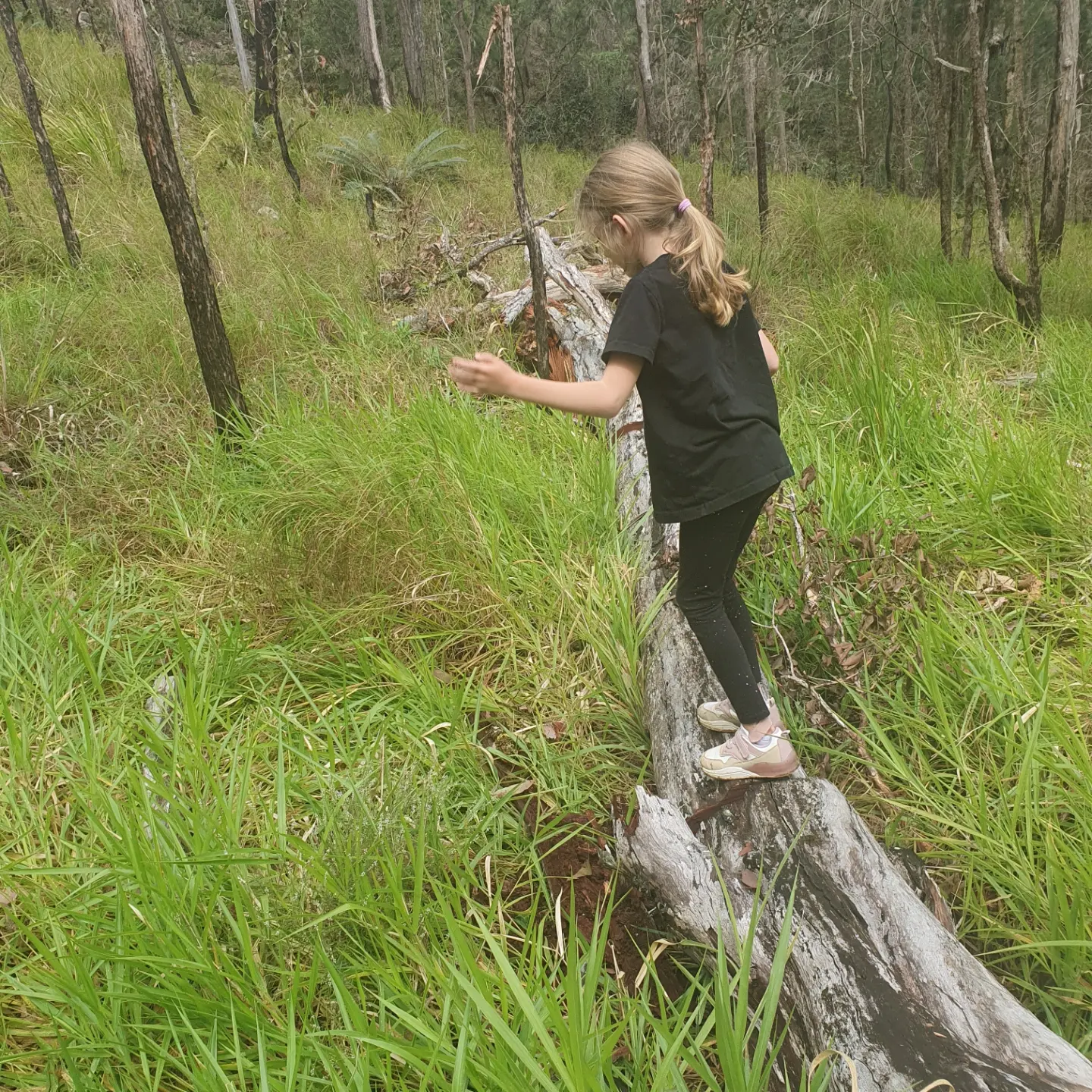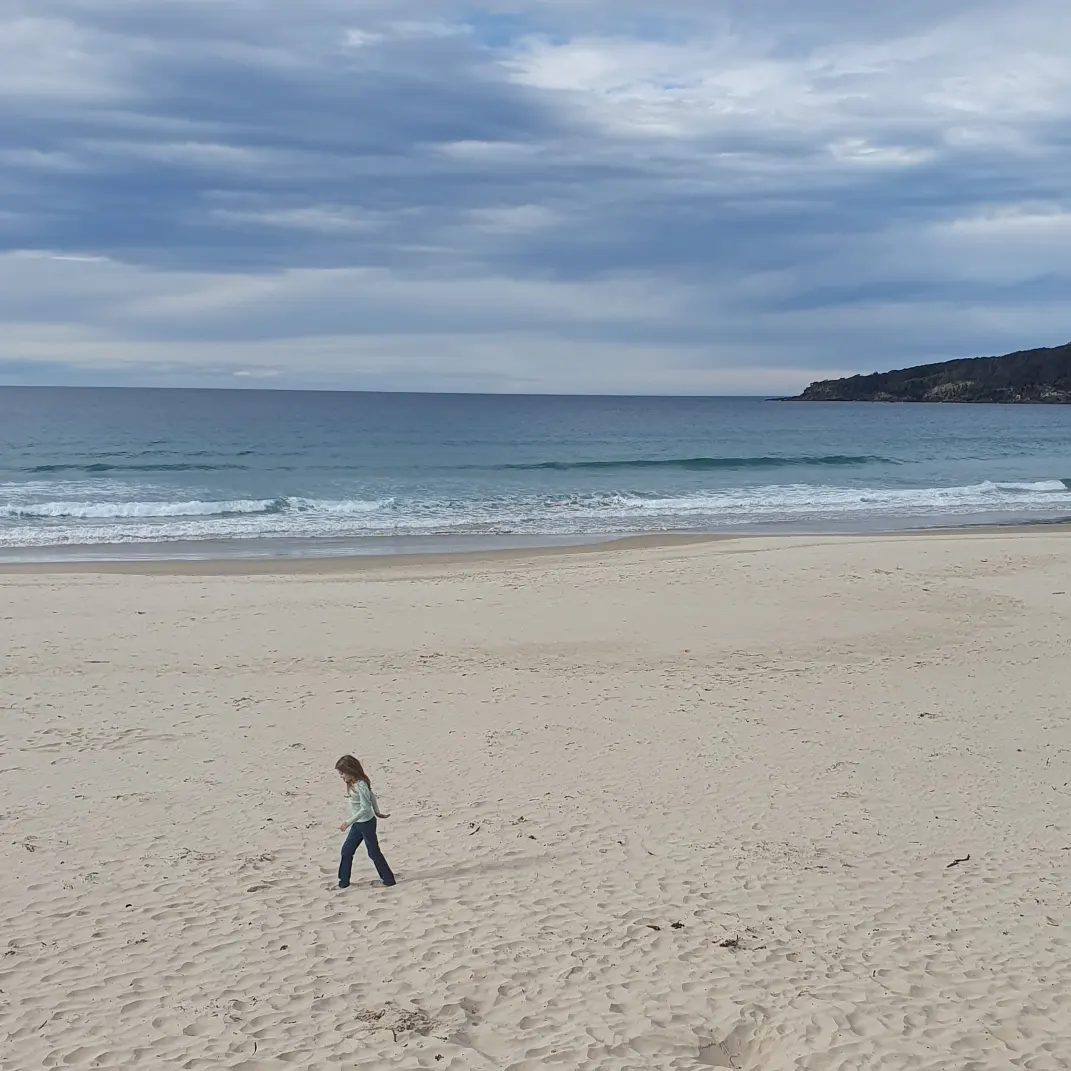Managing Eco Anxiety in Children
Originally appeared in the August 2023 issue of What's On Magazine
As the world becomes more aware of the impacts of climate change and environmental degradation, a new phenomenon is emerging: eco-anxiety. This term describes the feeling of anxiety, fear, and despair that can arise in response to any environmental crisis. Unfortunately, it's not just adults who are experiencing it - children are also feeling the effects of eco-anxiety.
It's understandable why children might be feeling anxious about the state of the environment. They see images of natural disasters, hear stories about species going extinct, and are told that the planet is in trouble. It's a lot for them to take in, and it can be overwhelming.

So, what can parents, carers, and educators do to help children cope with eco-anxiety?
Listen: Listen to children’s’ concerns. Let them express their feelings, and then validate their emotions. Don't dismiss their worries or tell them that they're overreacting. Instead, acknowledge their concerns and help them work through their emotions.
Educate: Help children understand the environmental crisis by educating them about it in age-appropriate ways. Explain the issues and challenges, but also highlight the positive steps that are being taken to address the problem. Encourage children to take action in their own lives, such as reducing waste, picking up litter, planting trees, or conserving energy.
Connect with nature: Spending time in nature can be a calming and grounding experience. Take children on hikes, picnics, or nature walks. Encourage them to explore and engage with the natural world. Help them appreciate the beauty and wonder of the planet.
Practice mindfulness: Mindfulness can help children manage anxiety and stress. Teach them simple mindfulness techniques, such as deep breathing or visualisation. Encourage them to take a few minutes each day to focus on their breath and calm their mind.
Take action: Help children feel empowered by taking action to address the environmental crisis. This could mean participating in a local clean-up effort, planting trees, or advocating for policy changes. Encourage children to make regular positive impacts in their own way.

Activities to help keep children calm and connected to nature
Cloud watching or star gazing: Lie down on a blanket and watch the clouds go by or look up at the stars at night. Talk about the different shapes and patterns you see.
Nature scavenger hunt: Create a list of natural items for your child to find, such as seedpod, a feather, or a flower. These can be adapted to suit the children’s ages and incorporate texture, colour, and patterns. There are many free printable scavenger hunt pages on the internet.
Nature art: Encourage your child to collect natural materials such as leaves, sticks, and rocks, and use them to create art. This could be a mandala on the ground, a nature collage, a sculpture, or a painting. For little ones, placing paper over leaves and rubbing with a crayon gives a quick and effective result.
Plant a small garden with your child: This could be a vegetable or flower garden. Encourage them to care for the plants and watch them grow. Easy first plants include: peas & beans, marigolds, cosmos, cherry tomatoes, and if you have the space – pumpkins!
It’s important to take eco-anxiety seriously and support children through their feelings. By listening, educating, and connecting with nature, you can help children manage their anxiety and feel empowered to make a positive impact in their world.




